What is a Cover Letter
A cover letter is your first introduction to a potential employer. It’s a document that accompanies your resume, providing additional information about your skills, experience, and why you’re the perfect fit for the job. A well-crafted cover letter can significantly increase your chances of landing an interview, while a poorly written one can lead to immediate rejection. It’s your opportunity to tell a story, to connect with the hiring manager, and to make a compelling case for why they should choose you.
The Purpose of a Cover Letter
The primary purpose of a cover letter is to showcase your personality and passion for the role. It elaborates on the information in your resume and highlights specific experiences and skills that align with the job requirements. A cover letter allows you to demonstrate your understanding of the company and the position, expressing your enthusiasm and explaining why you’re the ideal candidate. Moreover, it provides a platform to address any potential concerns, such as gaps in your employment history or career changes.
Cover Letter vs Resume
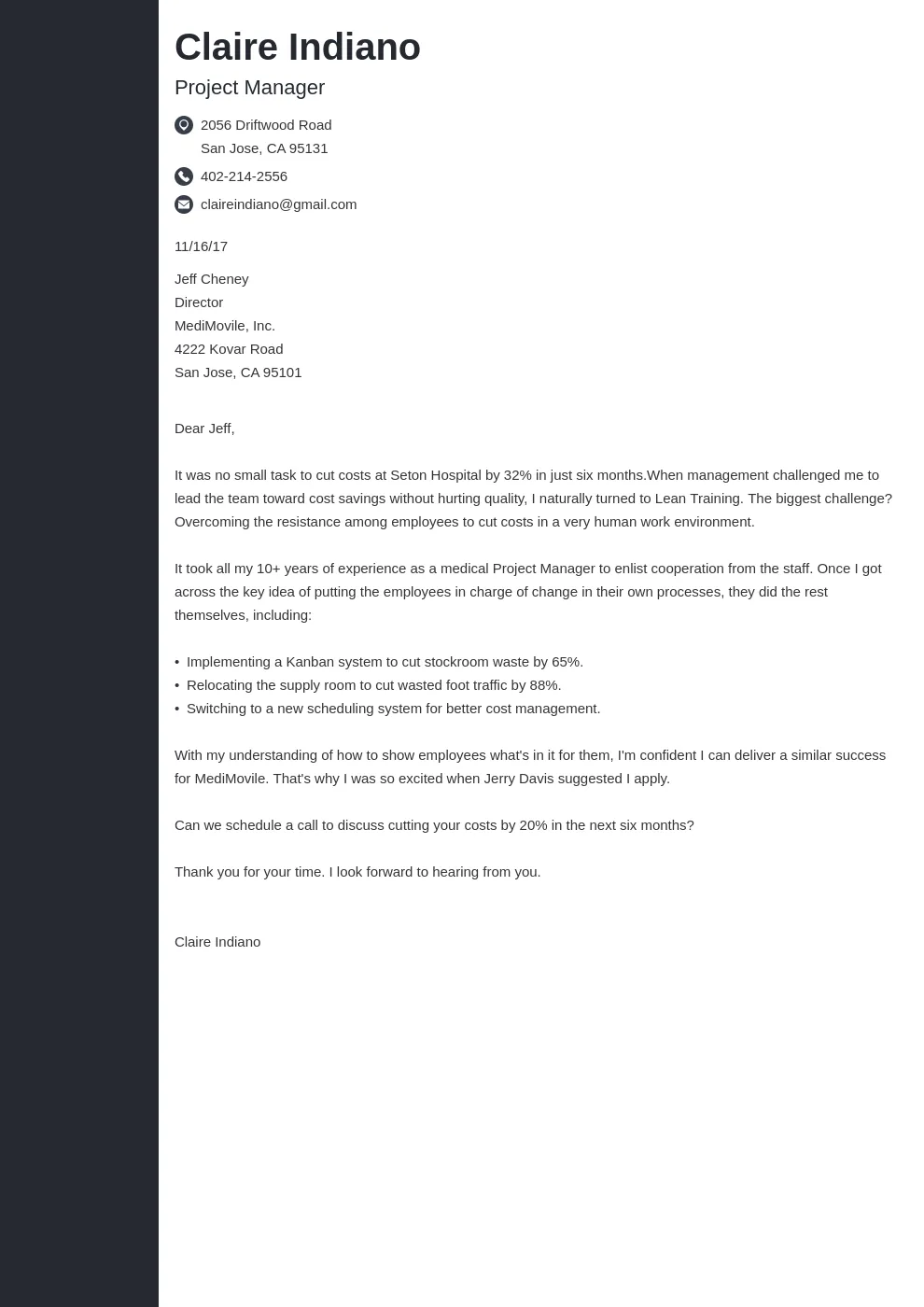
While both a cover letter and a resume are crucial parts of your job application, they serve different purposes. Your resume is a concise summary of your work history, education, skills, and accomplishments. It’s a factual document, presenting your qualifications in a clear and organized manner. In contrast, your cover letter allows you to provide context, to tell a story, and to demonstrate how your skills and experiences translate into value for the employer. A cover letter is more conversational and allows you to express your personality.
Pre-Writing Stage
Before you begin writing your cover letter, it’s essential to do your homework. This pre-writing stage involves understanding the job description, researching the company, and identifying the skills and experiences that make you a strong candidate. This preparation will ensure that your cover letter is tailored to the specific role and company, increasing its effectiveness.
Understanding the Job Description
Carefully analyze the job description, paying close attention to the required skills, experience, and qualifications. Identify the keywords and phrases used to describe the ideal candidate. This will help you tailor your cover letter to the specific needs of the employer, ensuring that you highlight the most relevant aspects of your background. Understanding the job description also allows you to address the employer’s needs and expectations, demonstrating that you’re a good fit for the role.
Researching the Company
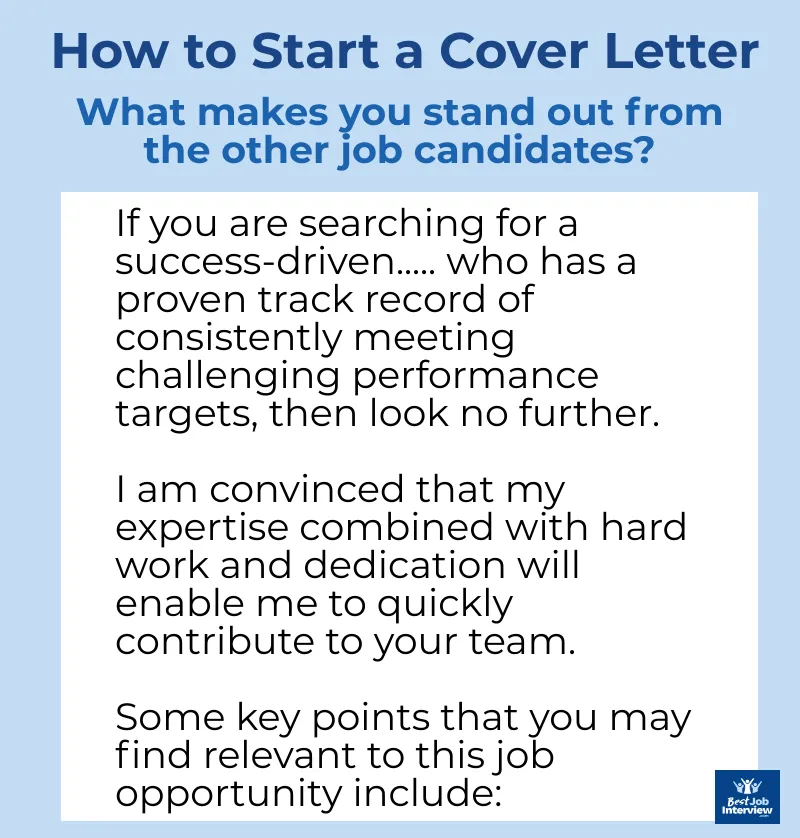
Researching the company is crucial to demonstrate your genuine interest in the position and the organization. Visit their website, read their “About Us” section, and explore their social media profiles. Understand their mission, values, and recent achievements. This research will provide valuable insights that you can incorporate into your cover letter, such as mentioning specific projects or initiatives that resonate with you or highlighting how your skills align with the company’s goals. This will show the hiring manager that you’ve taken the time to learn about their company.
Identifying Your Key Skills and Experiences
Once you’ve understood the job description and the company, it’s time to identify your key skills and experiences. Make a list of your relevant qualifications, accomplishments, and skills that align with the job requirements. Think about specific examples that demonstrate your ability to perform the required tasks and achieve the desired results. Quantify your achievements whenever possible, using numbers and data to showcase your impact. This will provide concrete evidence of your abilities and make your cover letter more persuasive.
Structuring Your Cover Letter
A well-structured cover letter is easy to read and effectively communicates your key qualifications. It should include a clear header, a professional greeting, a compelling opening paragraph, well-developed body paragraphs, and a strong closing paragraph. A standard cover letter typically fits on one page and follows a logical flow, making it easy for the hiring manager to understand your key selling points. Here’s a breakdown to guide you through each part.
Header and Contact Information
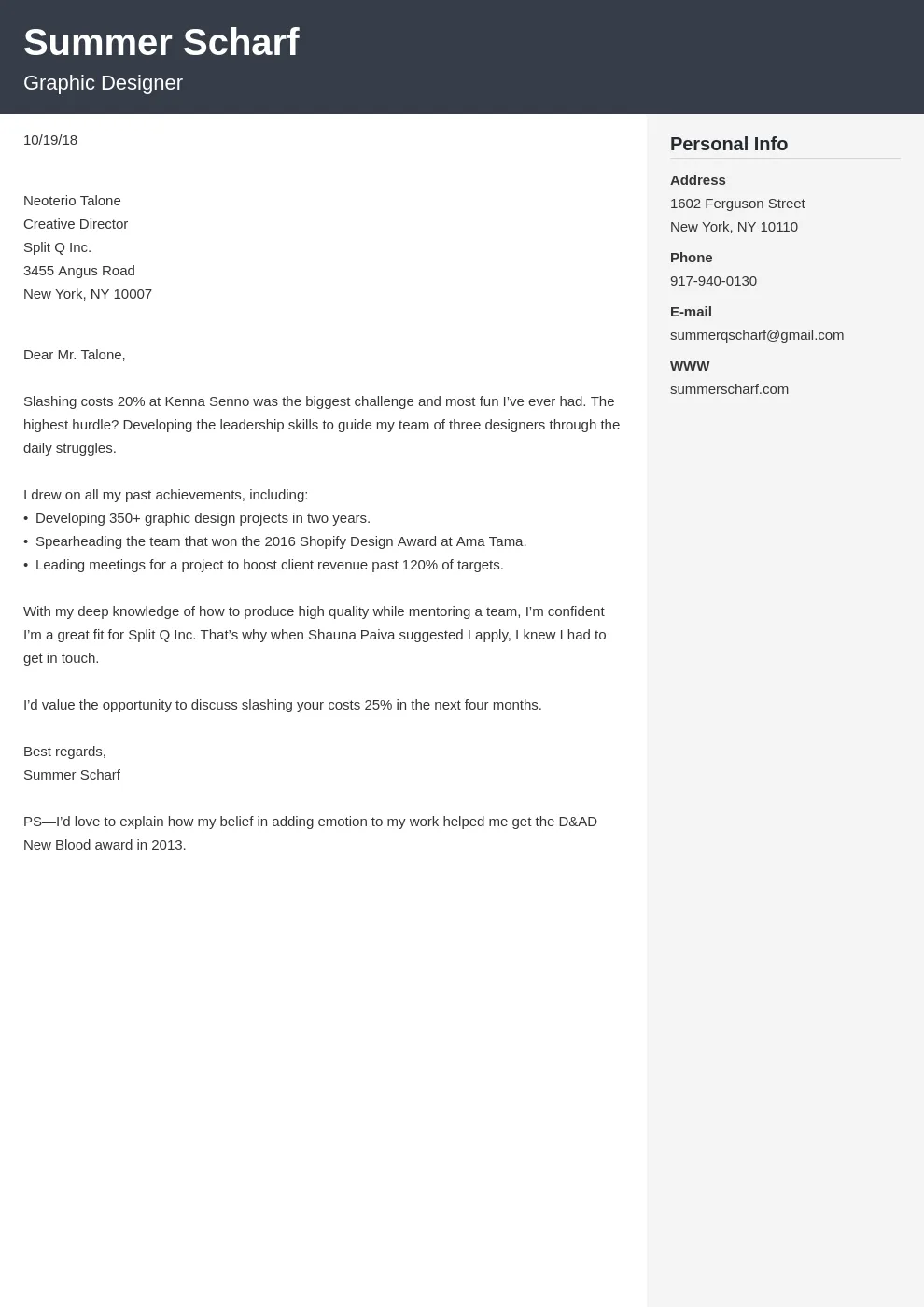
Start your cover letter with your contact information, including your name, address, phone number, and email address. Also, include the date and the hiring manager’s name and title (if known), as well as the company’s name and address. Ensure that the contact information is accurate and up-to-date. Present this information in a professional and organized manner, typically at the top of the page.
Greeting the Hiring Manager
Address the hiring manager by name whenever possible. Research the hiring manager’s name on LinkedIn or the company website. If you can’t find a specific name, use a professional greeting like “Dear Hiring Manager” or “Dear [Department Name] Team.” Avoid generic greetings like “To Whom It May Concern,” which can make your cover letter seem impersonal.
The Opening Paragraph
The opening paragraph is your chance to grab the reader’s attention. State the position you’re applying for and briefly mention how you learned about the opportunity. Highlight your most relevant skill or accomplishment to create immediate interest. Consider making a strong statement about your interest in the company and your enthusiasm for the role. Avoid generic opening statements, such as “I am writing to express my interest…” Aim for a compelling and concise introduction.
Body Paragraphs
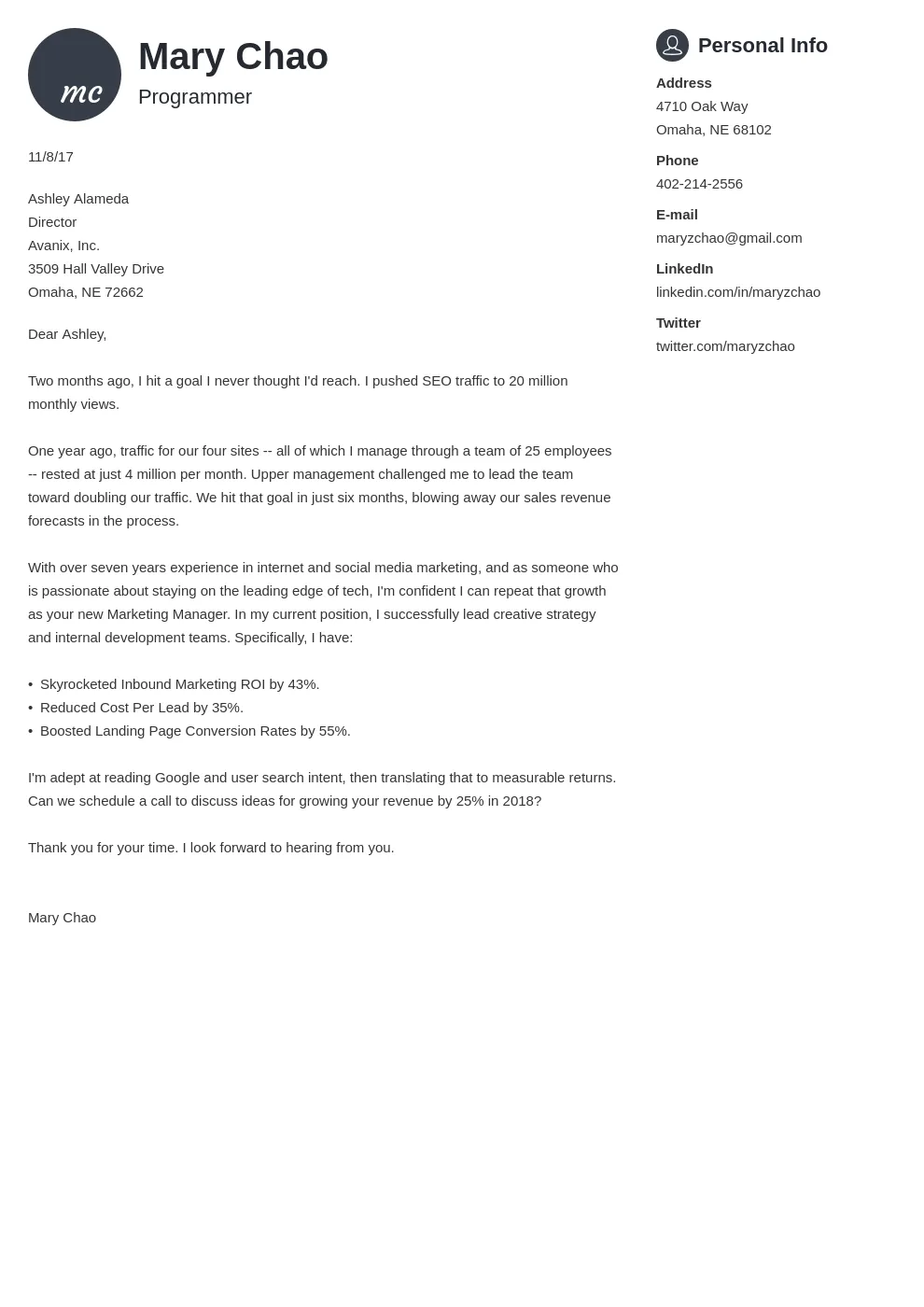
The body paragraphs are the heart of your cover letter, where you demonstrate your qualifications and explain why you’re the perfect fit for the role. Focus on highlighting your relevant skills and experiences and providing specific examples of your accomplishments. Use strong action verbs and quantify your achievements whenever possible. Tailor each paragraph to align with the requirements of the job description.
Highlighting Relevant Skills
Carefully select the skills that are most relevant to the job requirements. Provide examples of how you’ve used these skills in the past, and describe the results you achieved. Focus on a few key skills and demonstrate your expertise with concrete examples. Be specific and avoid vague statements. Use the language of the job description when describing your skills.
Quantifying Achievements
Quantify your achievements to demonstrate your impact. Use numbers, percentages, and data to showcase your accomplishments. For example, instead of saying “Improved customer satisfaction,” say “Increased customer satisfaction by 15% through implementing a new feedback system.” This makes your accomplishments more concrete and impressive.
Demonstrating Company Fit
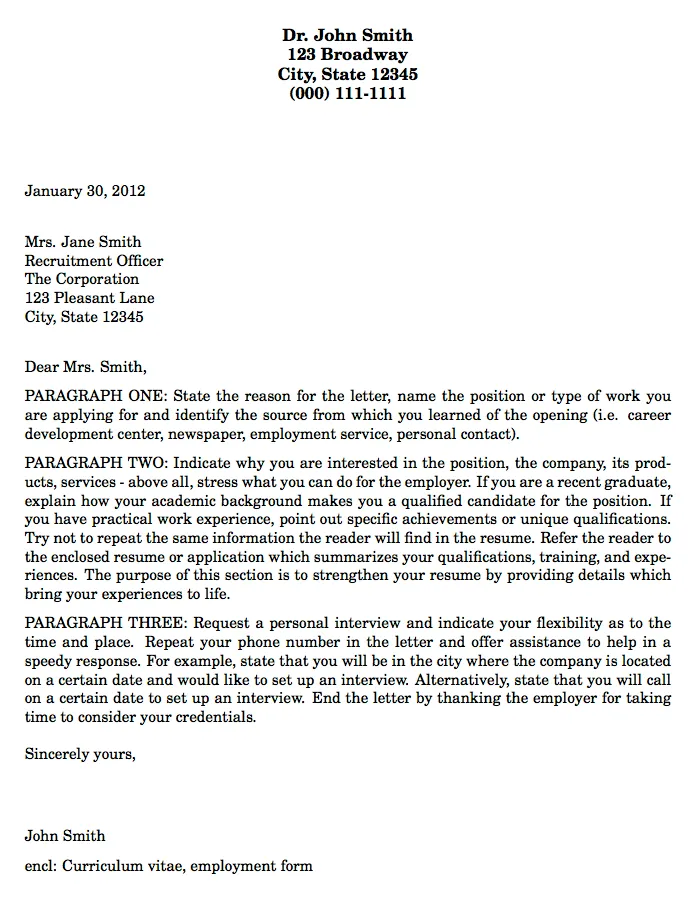
Demonstrate your understanding of the company’s values, mission, and goals. Explain how your skills and experiences align with their objectives. Mention any specific projects or initiatives that resonate with you, and explain how you can contribute to the company’s success. Show that you’ve done your research and that you’re genuinely interested in the company.
The Closing Paragraph
The closing paragraph should reiterate your interest in the position and the company. Thank the hiring manager for their time and consideration. Express your enthusiasm for the opportunity and make a call to action, such as stating that you look forward to hearing from them soon.
Call to Action
Include a clear call to action, such as “I am eager to discuss my qualifications in an interview” or “I welcome the opportunity to learn more about this position.” This encourages the hiring manager to take the next step.
Expressing Gratitude
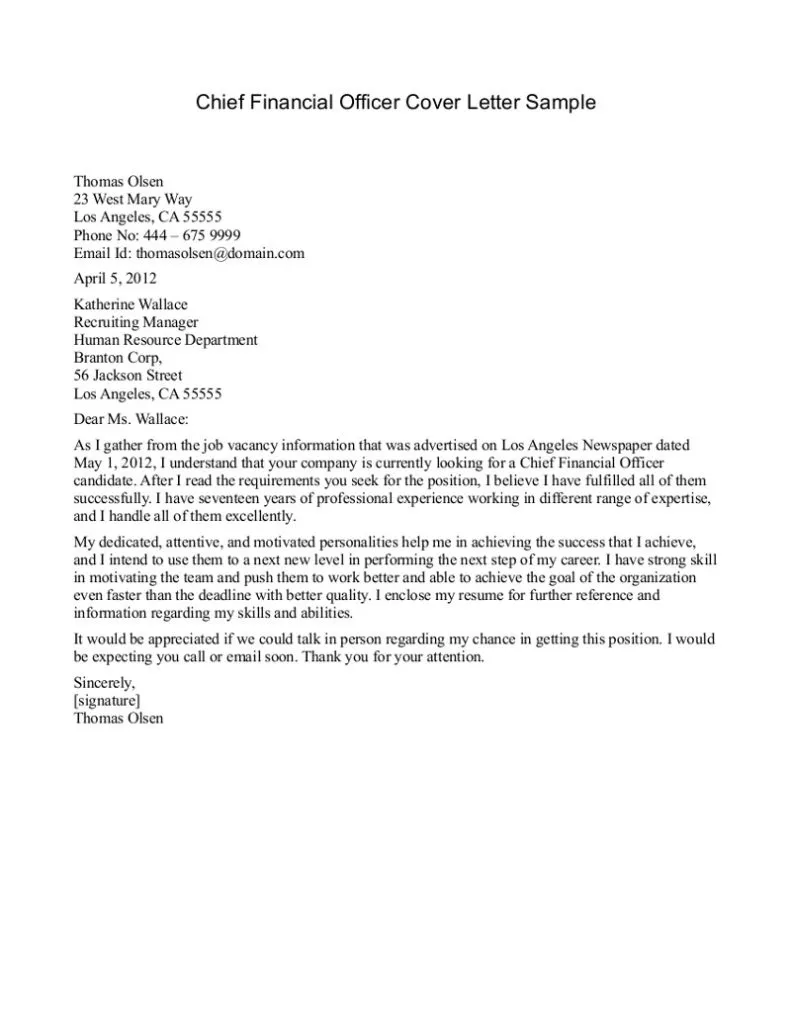
Thank the hiring manager for their time and consideration. Show appreciation for their time reviewing your application. A simple “Thank you for your time and consideration” is sufficient.
Formatting and Proofreading
Ensure your cover letter is formatted professionally and free of errors. This will make a positive impression on the hiring manager and increase your chances of getting an interview.
Font and Layout Guidelines
Use a professional font, such as Times New Roman, Arial, or Calibri, and a font size between 10 and 12 points. Use clear and concise language and use white space effectively to make the document easy to read. Keep the layout clean and organized, with appropriate margins and spacing between paragraphs.
Proofreading for Errors
Proofread your cover letter carefully for any grammatical errors, spelling mistakes, or typos. Ask a friend or family member to review your cover letter as a second pair of eyes can often catch errors that you might miss. Make sure all contact information is correct.
Using Professional Language
Use professional language throughout your cover letter. Avoid slang, jargon, and casual language. Use a formal tone and maintain a respectful and courteous demeanor. The language you use should reflect the standards of the company and the position you’re applying for. Keep it concise and to the point.
Tailoring Your Cover Letter
Tailoring your cover letter for each application is critical to demonstrating your genuine interest in the role and the company. Generic cover letters are easily recognizable and will likely be discarded. Customization shows the hiring manager that you have taken the time and effort to understand their needs and tailor your application accordingly.
Customizing for Each Application
Customize your cover letter for each job application by highlighting the skills and experiences that are most relevant to the specific role. Reference the company’s name and mission, and show that you understand their goals and values. This demonstrates your genuine interest and increases your chances of getting an interview.
Highlighting Relevant Skills
Review the job description carefully and identify the key skills and experiences that the employer is seeking. Use these skills to demonstrate your ability to fulfill the job’s requirements. Provide examples of how you’ve used these skills successfully in the past, and quantify your achievements whenever possible. This is a great way to catch the hiring managers attention.
Using Keywords
Incorporate keywords from the job description into your cover letter. This will help your application get noticed by applicant tracking systems (ATS) and show the hiring manager that you understand the requirements of the role. Use keywords naturally and seamlessly, avoiding keyword stuffing. Your cover letter should read naturally and be free of jargon.
Following Up After Submission
After submitting your cover letter and resume, it’s important to follow up with the hiring manager. This shows your continued interest in the position and keeps your application top of mind. Timing is essential, so be sure to know when to follow up for the best possible outcome.
